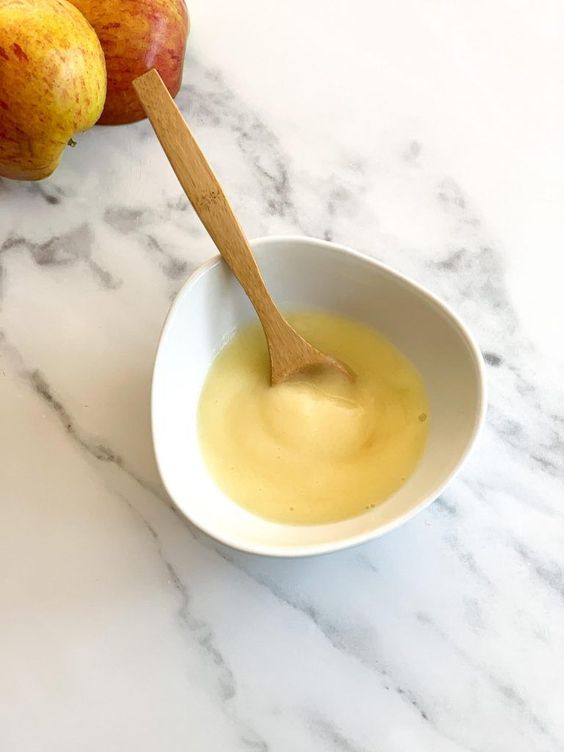Starting your baby on solids is an exciting milestone, and purees play a crucial role in this journey. Not only do they introduce new flavors and textures, but they also provide essential nutrients for your baby’s growth and development. What is good puree for babies? But with so many options available, what makes a puree truly “good” for your little one? Let’s explore the key factors to consider.
Nutritional Powerhouses: The Best Ingredients for Baby Purees
When it comes to baby food, prioritize nutrient-dense ingredients that pack a powerful punch:
Fruits and Vegetables:
These vibrant options offer essential vitamins, minerals, and fiber. Look for brightly colored produce like sweet potatoes, avocado, carrots, mangoes, and berries.
Whole Grains:
Introduce grains like oats, quinoa, or brown rice for added carbohydrates, fiber, and B vitamins.
Protein:
Include lean protein sources like chicken, lentils, or tofu to support growth and development.
Healthy Fats:
Add avocado, olive oil, or nut butters for brain development and energy.
A World of Flavor and Nutrition:
What is good puree for babies? The best purees offer a variety of tastes and textures to expand your baby’s palate and encourage healthy eating habits. Combine sweet and savory ingredients, introduce different spices (in moderation), and vary textures to keep things interesting.
Both homemade and store-bought purees have their pros and cons. Homemade purees allow for complete control over ingredients and freshness, while store-bought options offer convenience and a wide variety of flavors.
Making your own purees can be a rewarding experience, allowing you to customize flavors and textures to your baby’s preferences. You can also ensure the highest quality ingredients and avoid added sugars or preservatives.
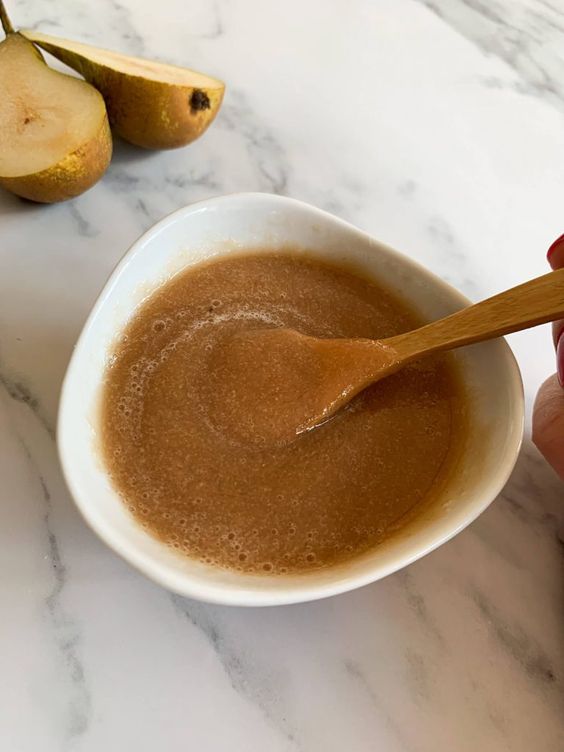
If you’re short on time or looking for a wider selection, store-bought purees can be a great option. Choose reputable brands that prioritize organic ingredients, avoid added sugars and salt, and offer a variety of flavors and textures.
Choosing the Right Puree: What to Look For
What is good puree for babies? Regardless of whether you’re making your own or buying pre-made, here are some key factors to consider when selecting purees:
- Single-Ingredient: Start with single-ingredient purees to introduce new flavors one at a time and identify potential allergies.
- Smooth Texture: Begin with smooth, thin purees and gradually progress to thicker textures as your baby gets older.
- Organic Ingredients: Prioritize organic purees to minimize your baby’s exposure to pesticides and other harmful chemicals.
- No Added Sugar or Salt: Avoid purees with added sugar, salt, or artificial flavors, as these are unnecessary for your baby’s health.
- Variety of Flavors: Offer a diverse range of flavors to expand your baby’s palate and encourage healthy eating habits.
Introducing Purees: Tips for a Smooth Transition
Starting solids can be a messy adventure, but these tips can help make the transition smoother:
- Start Slowly: Begin with a small amount of puree (about 1-2 teaspoons) and gradually increase the amount as your baby gets used to it.
- Offer Variety: Introduce new flavors and textures one at a time, waiting a few days between each new food to observe for any reactions.
- Spoon-Feeding: Use a small, soft-tipped spoon to offer purees. Allow your baby to explore and self-feed as they become more comfortable.
- Be Patient: It may take several tries for your baby to accept a new food. Don’t get discouraged if they reject something at first.
- Make Mealtime Fun: Create a positive and relaxed atmosphere during mealtimes. Smile, talk, and interact with your baby to make it an enjoyable experience.
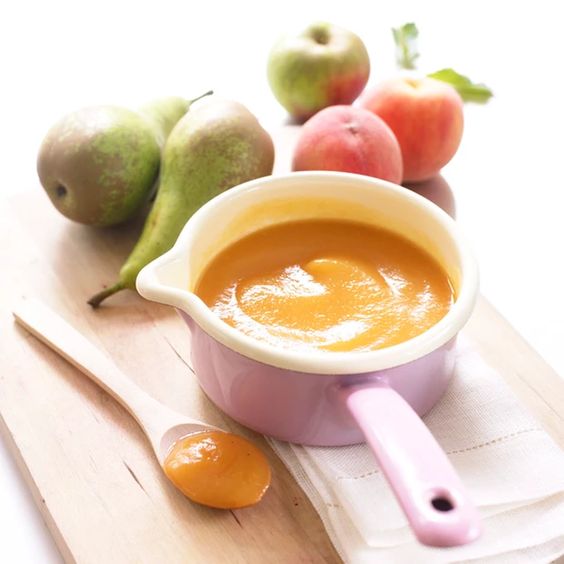
Beyond the Basics: Puree Recipes and Tips
What is good puree for babies? Once your baby has mastered single-ingredient purees, you can start experimenting with combinations and more complex flavors. Here are some ideas to get you started:
- Sweet Potato and Apple: Combine roasted sweet potato with steamed apple for a naturally sweet and flavorful puree.
- Avocado and Banana: Blend avocado with banana for a creamy and nutritious puree packed with healthy fats.
- Chicken and Carrot: Combine cooked chicken with steamed carrots and a touch of broth for a savory and satisfying meal.
- Quinoa and Berry: Cook quinoa and blend it with berries for a hearty and nutritious puree.
Tip for Making Homemade Purees:
When making your own purees, start by steaming or roasting fruits and vegetables to soften them. Then, blend them with a little water or breast milk until smooth. You can also freeze leftover purees in ice cube trays for convenient single servings.
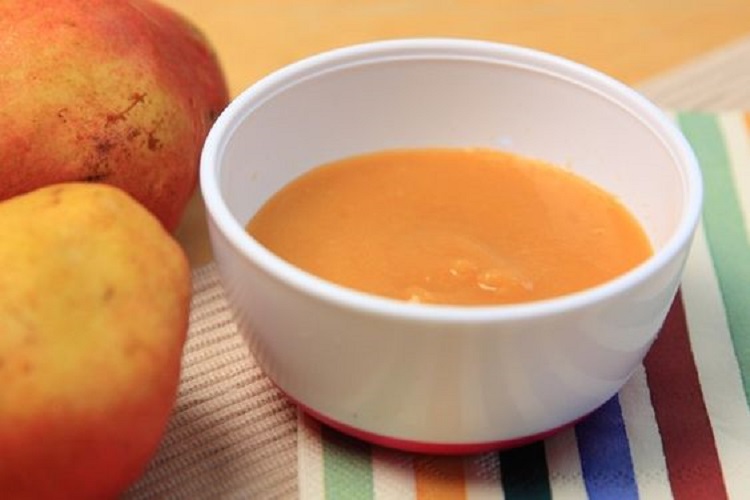
Purees on the Go: Convenient Options for Busy Parents
What is good puree for babies? Life with a baby can be hectic, and mealtime is no exception. Thankfully, there are convenient puree options for parents on the go:
- Pouches: These squeezable pouches are portable and easy for babies to self-feed. Look for brands with transparent ingredient lists and minimal added ingredients.
- Frozen Purees: Frozen puree cubes can be a lifesaver. Simply thaw and serve as needed. You can make your own or buy pre-portioned cubes from the store.
- Ready-to-Eat Cups: These single-serving cups are perfect for travel or quick meals. Look for options that are organic and free of added sugar or salt.
When venturing out, pack a few pouches or frozen puree cubes in an insulated bag to keep them fresh and cool. Don’t forget to bring a spoon and a bib for easy cleanup on the go.
The Messy Truth: Embracing the Learning Process
Starting solids is a messy but essential part of your baby’s development. Embrace the mess and allow your little one to explore different flavors and textures. Encourage self-feeding and provide a safe and supportive environment for them to learn and grow.
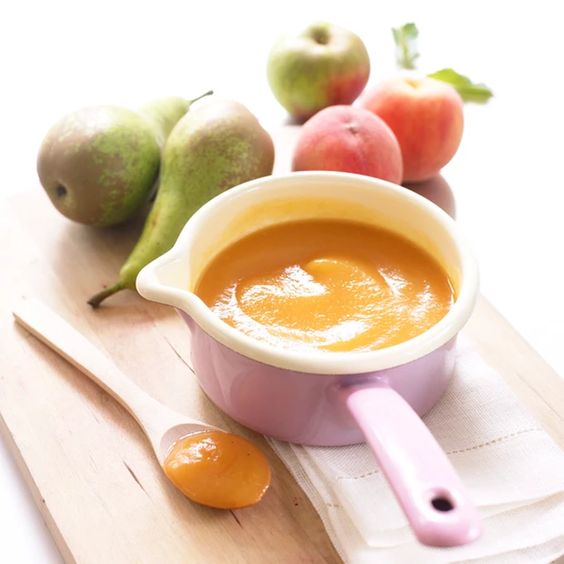
Mess-Free Tips:
While mess is inevitable, a few tips can help contain the chaos:
- Splat Mats: Place a splat mat or old towel under your baby’s highchair to catch spills and splatters.
- Coveralls: Dress your baby in a coverall or bib with sleeves to protect their clothes.
- Easy-to-Clean Surfaces: Choose a highchair with a removable tray or wipeable surface for quick cleanup.
Beyond Purees: The Journey to Solid Foods
As your baby grows and develops, they’ll gradually transition from purees to more textured foods. This is an exciting time for both you and your little one, as they explore new tastes and textures and develop their eating skills.

Signs of Readiness:
Look for these signs that your baby might be ready for thicker textures:
- Good head and neck control: They can sit upright with support and hold their head steady.
- Interest in your food: They watch you eat with curiosity and may reach for your plate.
- Loss of tongue-thrust reflex: This reflex, which pushes food out of the mouth, typically disappears around 4-6 months of age.
- Ability to pick up and hold objects: They can grasp small objects between their fingers and bring them to their mouth.
